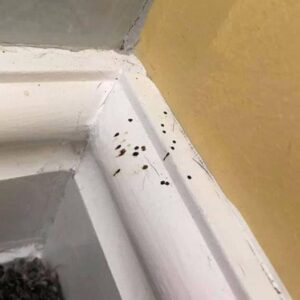A Routine Walk Turned Discovery
During a quiet morning stroll through his soybean field, 64-year-old farmer Thomas noticed something odd. After overnight rain,
his soil was damp, the leaves still glistening—typical for early summer. But nestled in a shallow dip was a cluster of glowing, bluish eggs.
Too large for insects and unfamiliar to him, Thomas took photos and contacted a biologist friend. By the next day,
a team of researchers arrived. To their surprise, the eggs belonged to a rare species of tree frog,
previously unseen in the region. Warmer temperatures and recent rainfall had expanded the frogs’ habitat into Thomas’s farmland.
These frogs had adapted, laying eggs in damp soil instead of water—another quiet shift in nature’s rhythm.
Fascinated, Thomas began checking the eggs daily. Soon, tiny shapes appeared within the gelatinous spheres.
Wanting to help, he created a small pond nearby with rainwater.
As tractors rolled and crops grew, the eggs became a small sanctuary under his watchful care.
What started as an ordinary morning became a reminder of nature’s resilience. On land he knew by heart,
Thomas witnessed something new—a delicate dance of life adapting to change.
And for once, he wasn’t just a farmer—he was a guardian.





